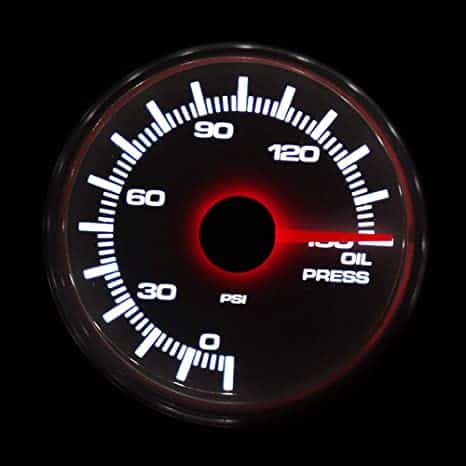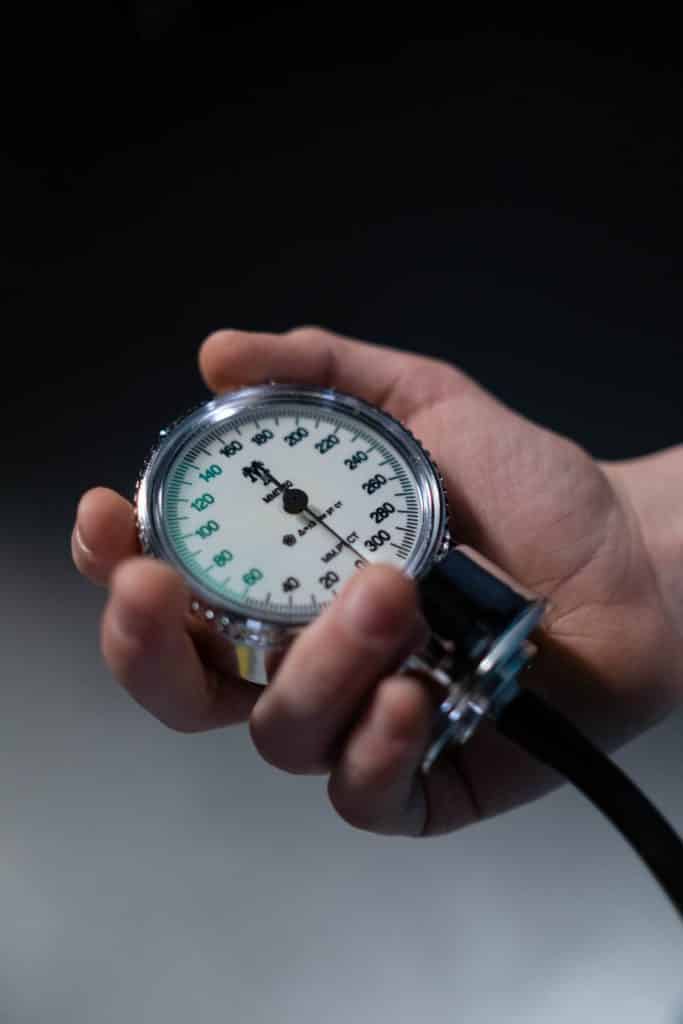Oil temperature is the well known for one of the most important factors in determining how your engine performs and also how long it performs between rebuilds is proper oil temperature during operation. Oil pressure gauge and temp gauges are a piece of equipment that measure the overall health and operating temperature of your vehicle. If this gauge is not working properly, your entire car can be affected. If the engine oil is overheat or breaking down prematurely, it can lead to damage to other mechanical parts of the engine. To prevent this from happening, it is crucial that you have a temperature gauge that’s functioning well. With our line of oil pressure temp combo gauges, you can have confidence knowing that your car is equipped with all the best parts

What Is The Optimum Engine Oil Temperature?
For a dual-purpose car, engine oil needs to be at least 220 degrees F to burn off all the deposits and accumulated water vapor. For every pound of fuel burned in an engine, the combustion process also generates a pound of water! If engine sump temperatures rarely exceed 212 degrees (water’s boiling point), the water will mix with sulfur (another combustion by-product) and create acids that can eventually damage bearings.
As for ultimate power potential, the general consensus among most racers is that hot oil and cool water make more power in most engines. Cold engine oil causes excessive frictional drag on the bearings and cylinder walls. A quality conventional motor oil will tolerate oil sump temperatures of up to 250 degrees, but starts breaking down over 275 degrees. The traditional approach is to try to hold oil temperatures between 230 and 260 degrees. Even on a short-duration, drag-only combo where oil is frequently changed, I would not want to routinely see under-200-degree oil temps.
A full-synthetic oil will withstand sump temperatures in excess of 300 degrees, and for hard-core professional racing, some oval-track race teams are experimenting with ultra-thin, specially formulated, race-only synthetics operating at 350 degrees or even higher.
Also remember that a high-end engine is built as a total combination. Piston-to-wall clearances, piston ring end-gaps, and bearing clearances are specifically tailored to match the engine oil’s characteristics and intended operating temperature.

How To Install An Oil Temperature Gauge?
The working temperature of your engine is normally kept to an optimum level by the cooling system . But there are occasions when your engine is worked harder and reaches temperatures higher than normal. This can happen, for example, when you are towing a trailer or another vehicle, or if your engine has been tuned for higher performance.
As the temperature of your engine increases, the engine oil becomes thinner and thinner. If the engine is run above normal temperature for a long time, there is a danger that the oil may become so thin that it can no longer lubricate the moving parts of the engine properly.
If this happens your engine can become seriously damaged to the point where it has to be stripped and rebuilt or replaced completely.
Fitting an oil pressure gauge
The gauges are mounted either directly into the dashboard or in a bracket suspended under the dash.
How the sender unit is fitted into the sump pan depends on the type of gauge you have and the model of your car. In some cases the sump pan will have to be removed and a hole drilled and tapped with a thread to accept an adapter.
Other types use the drain plug in the sump as the fitting position for the sender unit. Again you may need an adapter to fit the sender.

